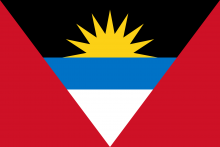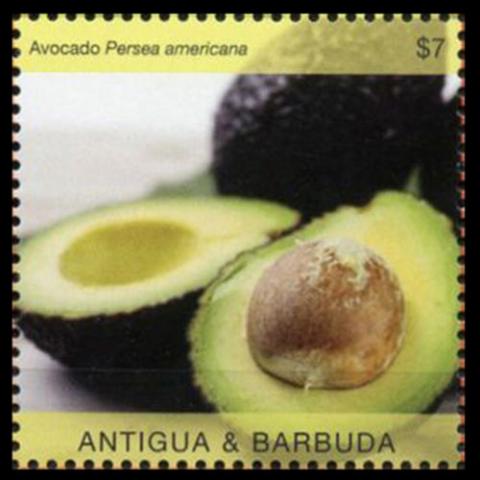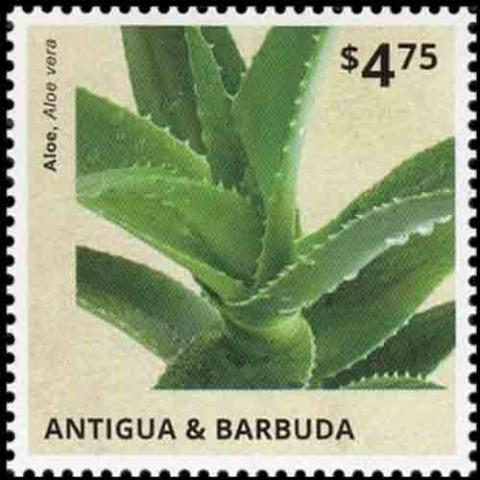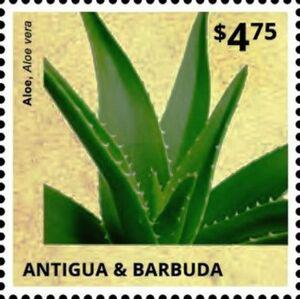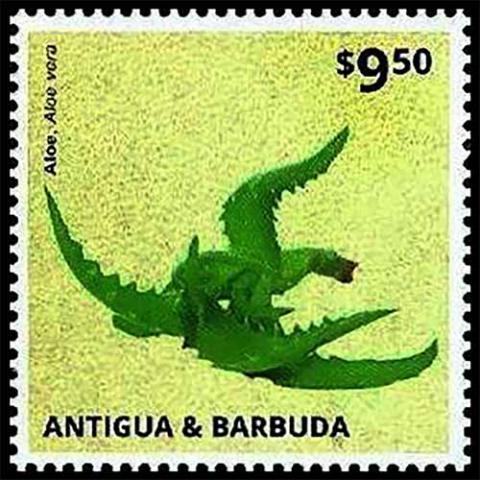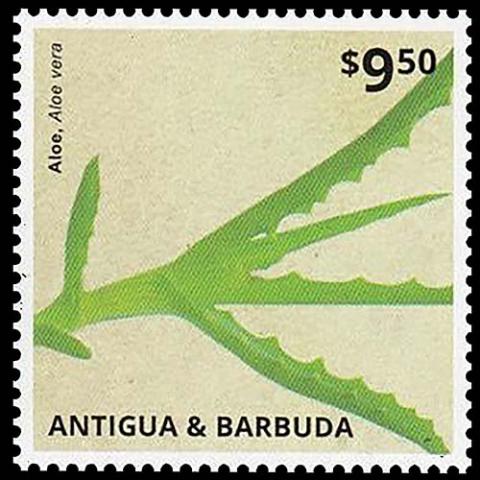Capital: St. John's
Antigua and Barbuda (/ænˈtiːɡ(w)ə ... bɑːrˈb(j)uːdə/; an-TEE-g(w)ə ... bar-B(Y)OO-də) is an island sovereign state in the West Indies in the Americas, lying between the Caribbean Sea and the Atlantic Ocean. It consists of two major islands, Antigua and Barbuda (separated by 39 miles), and a number of smaller islands (including Great Bird, Green, Guiana, Long, Maiden, Prickly Pear, York Islands and further south, the island of Redonda). The permanent population numbers about 95,900 (2018 est.), with 97% being resident on Antigua. The capital and largest port and city is St. John's on Antigua, with Codrington being the largest town on Barbuda. Lying near each other (the main Barbuda airport is less than 0.5° of latitude, or 56 kilometers (30 nautical miles), north of the main Antigua airport), Antigua and Barbuda are in the middle of the Leeward Islands, part of the Lesser Antilles, roughly at 17°N of the equator.
The island of Antigua was explored by Christopher Columbus in 1493 and named for the Church of Santa María La Antigua. Antigua was colonized by Britain in 1632; Barbuda island was first colonized in 1678. Antigua and Barbuda joined the West Indies Federation in 1958. With the breakup of the federation, it became one of the West Indies Associated States in 1967. Following by self-governing on its internal affairs, independence was granted from United Kingdom on 1 November 1981.
Antigua and Barbuda is a member of the Commonwealth and Elizabeth II is the country's queen and head of state.
In September 2017, Hurricane Irma damaged or destroyed 95% of Barbuda's buildings and infrastructure and as a result, all the island's inhabitants were evacuated to Antigua, leaving Barbuda empty for the first time in modern history.

